
Die heutige Flagge Singapurs wurde am 03.12.1959 eingeführt, also ein paar Monate nachdem Großbritannien dem Staat Singapur volle Selbstverwaltung im Rahmen des Britischen Commonwealth of Nations gewährte. Sie zeigt zwei waagererechte Streifen in Rot und Weiß, sowie im roten Streifen nahe beim Mast einen weißen Halbmond und ein Kreis von fünf weißen fünfzackigen Sternen. Dieses Emblem hat nichts unmittelbar mit dem Islam zu tun, denn der Halbmond steht für den Aufstieg des Landes bzw. für das junge Alter der Nation. Die Sterne repräsentieren die fünf Ideale des Landes: Demokratie, Frieden, Fortschritt, Gerechtigkeit und Gleichheit. Rot steht für die Brüderlichkeit der Menschen in der ganzen Welt, Weiß für Tugend und Reinheit. Jedoch sind Rot und Weiß auch die traditionellen Farben der Malaien. Die Verwendung der Flagge war und ist äußerst strengen Regularien unterworfen, Verstöße dagegen werden rigoros geahndet und mit Geldstrafen belegt. Regierung auch Bevölkerung sind bemüht, diese Regeln zu überarbeiten, damit sich ein normales patriotische Verhältnis der Einwohner zu ihrer Flagge entwickeln kann. So wurden die äußerst strengen Regeln in den Jahren 2004 und 2006 überarbeitet und letztlich in einem neuen Gesetz umgesetzt, dem Gesetz über die nationalen Symbole (National Symbols Bill), das am 01.08.2023 in Kraft trat. Dort ist auch geregelt, dass der Rotton der Flagge als Pantone 032 wiederzugeben ist.
Die Flagge des Präsidenten wurde ebenfalls 1959 eingeführt, damals jedoch (Singapur war noch keine Republik) für das Staatsoberhaupt den Yang di-Pertuan Negara. Sie wurde 1965 für den Präsidenten der Republik übernommen. Die Flagge zeigt das Bild des Wappenschildes des Landes, ist also einfarbig rot mit einen weißen Halbmond und ein Kreis von fünf weißen Sternen. Im Gegensatz zur Nationalflagge wurde ist Emblem auf dem Wappen um 90 Grad gedreht. Die Handelsflagge wurde erst am 06.09.1966 eingeführt, und zwar um die Handelschiffe Singapurs besser von denen des benachbarten Indonesien unterscheiden zu können. Sie ist einfarbig rot mit dem Mond-Sterne-Emblen in weiß innerhalb eines weißen Ringes in der Mitte der Flagge.
Die wechselhafte Geschichte Singapurs kann sehr gut an den hier verwendeten Flaggen abgelesen werden: Im 18. Jahrhundert gehörte Singapur zum Sultanat Linga, und man wird hier die schwarze Flagge von Lingga verwendet haben, ab 1818 mit einer weißen Oberecke. Als Singapur im Jahre 1824 an die Britische Ostindienkompanie verkauft wurde, wurde hier deren Flagge bzw. der britische Union Jack verwendet. Die Flaggen der Ostindienkompanie zeigten seit Anfang des 17. Jahrhunderts weiße und rote Streifen, um deren Schiffe besser von anderen britischen Schiffen zu unterscheiden. Im Jahre 1867 wurden die Straits Settlements, zu denen Singapur gehörte, eine britische Kronkolonie. Für diese wurde eine Dienstflagge eingeführt, wie sie damals in britischen Kolonien üblich war. Großbritannien hatte in Jahr 1864 ein Flaggensystem eingeführt, in dem:
• Kriegsschiffe einen sogenannten "White Ensign" (Marineflagge), eine weiße Flagge oft mit durchgehendem roten Georgskreuz und mit dem Union Jack in der Oberecke,
• Handelsschiffe einen "Red Ensign" (auch "Civil Ensign" → Bürgerflagge genannt, die eigentl. Handelsflagge), eine rote Flagge mit dem Union Jack in der Oberecke, und
• Dienstschiffe einen "Blue Ensign" (Regierungsflagge → die eigentliche Staatsflagge), eine blaue Flagge mit dem Union Jack in der Oberecke führten.
Seit 1865 durften Schiffe von Kolonialregierungen einen Blue Ensign mit einem Badge (Abzeichen) im fliegenden Ende führen. Das Badge der Straits Settlements war ein roter Rhombus mit einer weißen Deichsel, auf die drei Kronen aufgelegt waren. Diese standen für die drei Besitzungen Pinang, Malakka und Singapur. An Land repräsentierten der einzelne Bürger und auch die Behörden ihren Status als Bürger oder Organe der britischen Nation, verkörpert im United Kingdom, durch die Verwendung des Union Jack, dann „Union Flag“ genannt. Zur See war somit für den britischen Bürger die britische Handelsflagge, der Red Ensign (Rote Flagge) vorgesehen. In einigen wenigen Fällen wurde den Bürgern einer Kolonie durch die Admiralität erlaubt, auf See einen Red Ensign mit dem Badge der Kolonie zu verwenden.
In der Zeit der japanischen Besetzung (1942–1945) wurde die Flagge Japans verwendet. Im Jahre 1946 wurde die Kolonie der Straits Settlements aufgelöst, und Singapur wurde eine eigene britische Kronkolonie. Als Dienstflagge wurde – wie bei britischen Kolonien üblich – weiterhin ein Blue Ensign verwendet, jedoch wurde ein eigenes, neues Badge entworfen. Es war eine weiße runde Scheibe mit einer roten Deichsel und einer britischen Krone darin. Am 03.12.1959 wurde schließlich die heutige Flagge eingeführt und auch nach der Unabhängigkeit im Jahre 1963 weiter verwendet. Allerdings gehörte Singapur von 1963 bis 1965 zur Föderation Malaysia und es dominierte vorübergehend deren Flagge.
Quelle: Die Welt der Flaggen,
Flaggen und Wappen der Welt,
Wikipedia (EN),
Flags of the World,
Flaggen Wappen Hymnen,
Volker Preuß

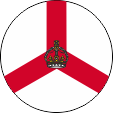
1946–1952,
Emblem (Badge) der Straits Settlements,
Quelle, nach: Flags of the World, Wikipedia (D)
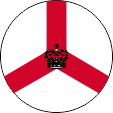
1952–1959,
Emblem (Badge) der Straits Settlements,
Quelle: Flags of the World, Wikipedia (D)
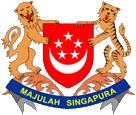
Wappen von Singapur,
Quelle, nach: Corel Draw 4

Das Staatswappen wurde am 11.11.1959 eingeführt, also ein paar Monate nachdem Großbritannien dem Staat Singapur volle Selbstverwaltung im Rahmen des Britischen Commonwealth of Nations gewährte. Es zeigt einen einfarbig roten Wappenschild mit einem weißen Halbmond und ein Kreis von fünf weißen fünfzackigen Sternen. Dieses Emblem hat nichts unmittelbar mit dem Islam zu tun, denn der Halbmond steht für den Aufstieg des Landes bzw. für das junge Alter der Nation. Die Sterne repräsentieren die fünf Ideale des Landes: Demokratie, Frieden, Fortschritt, Gerechtigkeit und Gleichheit. Rot steht für die Brüderlichkeit der Menschen in der ganzen Welt, Weiß für Tugend und Reinheit. Jedoch sind Rot und Weiß auch die traditionellen Farben der Malaien. Schildhalter sind ein Löwe und ein Tiger. Der Löwe steht für Singapur selbst, denn Singapur heißt "Löwenstadt". Der Tiger ist das Wappentier von Malaya, er erinnert an die frühere Verbindung mit Malaysia. Unterhalb des Wappens ein blaues Spruchband mit dem Wahlspruch "Majulah Singapura" → "Möge Singapur blühen". Während der Zugehörigkeit Singapurs zur Föderation Malaysia blieb das Wappen – genauso wie die Flagge – unverändert.
Quelle: Die Welt der Flaggen,
Flaggen und Wappen der Welt,
Flaggen Wappen Hymnen


1968–1973,
Flugzeugkokarde,
Quelle/Source, nach/by: Wikipedia (EN)

1973–1990,
Flugzeugkokarde,
Quelle/Source, nach/by: Wikipedia (EN)

seit 1990,
Flugzeugkokarde,
Quelle/Source, nach/by: Wikipedia (EN)

Lage:
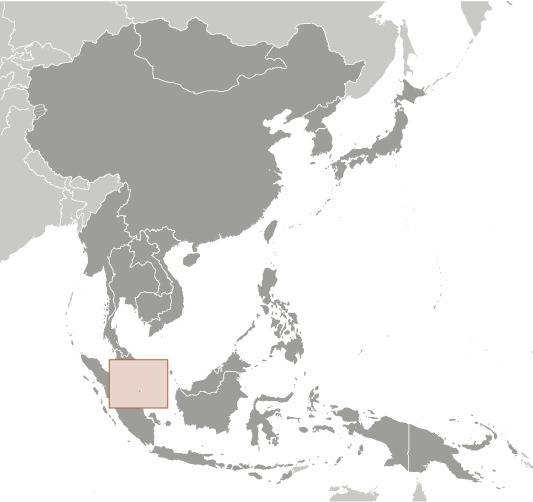
Quelle/Source: CIA World Factbook
Landkarte des Landes:
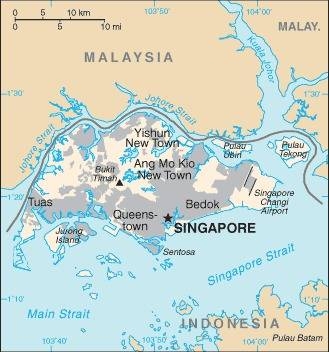
Quelle/Source: CIA World Factbook
Malaysia und Singapur:
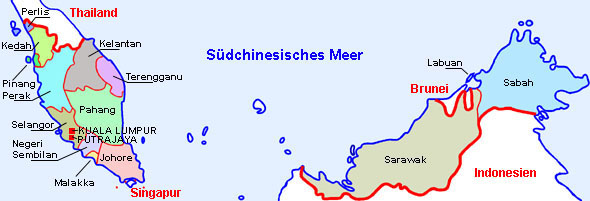
Quelle/Source: Volker Preuß
Malaya:
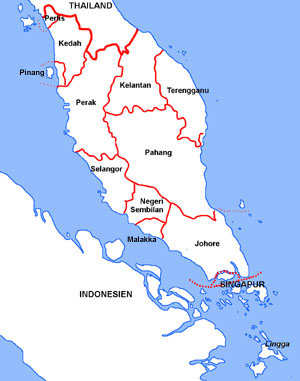
Quelle/Source: Volker Preuß

Fläche: 729 km²
Einwohner: 5.685.600 (2020), davon 77% Chinesen, 14% Malaien, 8% Inder
Religionen: 33% Buddhisten, 19% Christen, 14% Moslems, 10% Daoisten, 5% Hindus, 18% Nicht-Religiöse
Bevölkerungsdichte: 7.799 Ew./km²
Amtssprachen: Malaiisch, Englisch, Chinesisch, Tamil
Währung: 1 Singapur-Dollar (SGD, S$) = 100 Cents
Zeitzone: MEZ + 7 h
Quelle:
Wikipedia (D),
World Statesmen

3. Jahrhundert · erste Erwähnung einer Siedlung namens Pu Luo Chung an der Stelle des heutigen Singapur
7. Jahrhundert · Beginn der Besiedlung durch hinduistische Malaien aus dem Königreichs Shrividjaja (im heutigen Indonesien)
1160 · Gründung der Stadt Temasek durch hinduistische Malaien an der Stelle des heutigen Singapur
1299 · ein Prinz aus Madjapahid (im heutigen Indonesien) gibt der Siedlung Temasek den Namen Singapura (Löwenstadt)
1377 · Truppen aus Madjapahid zerstören die Stadt
15.–18. Jahrhundert · Singapur wird in Kämpfe zwischen Siam (heutiges Thailand) und dem Reich Madjapahid hineingezogen, die bedeutungslose Stadt wird von Händlern, Piraten und Sultanen beherrscht, zuletzt gehörte die Stadt zum Sultanat Lingga
1819 · Sir Stamford Raffles von der Britischen Ostindienkompanie (East India Company) errichtet auf der Insel Singapur eine Handelsniederlassung
03.08.1824 · Sir Stamford Raffles und John Crawfurd erwerben die Insel Singapur vom Sultan von Lingga für die Britische Ostindienkompanie
14.08.1826 · Singapur wird mit Pinang und Malakka zur Kolonie "Straits Settlements" unter der Oberhoheit der Britischen Ostindienkompanie zusammengeschlossen
1832 · der Verwaltungssitz der Straits Settlements wird von Pinang nach Singapur verlegt
1858 · die Verwaltung der Straits Settlements geht auf Britisch-Indien über
01.04.1867 · die Straits Settlements werden britische Kronkolonie
15.02.1942 · Singapur wird im Zweiten Weltkrieg durch japanische Truppen erobert
12.09.1945 · Kapitulation der japanischen Truppen, Rückkehr der Briten, Britische Militärverwaltung
01.04.1946 · das Ende der Straits Settlements: Pinang und Malakka werden der Malaiischen Union (Malaya) angeschlossen, Singapur wird jedoch eine eigene britische Kronkolonie
1948 · Ausnahmezustand
1951 · städtische Selbstverwaltung
1955 · Großbritannien gewährt eingeschränkte Selbstverwaltung
Mai 1959 · erste Parlamentswahlen, neue Verfassung
03.06.1959 · Großbritannien gewährt dem "Staat Singapur" volle Selbstverwaltung im Rahmen des Britischen Commonwealth of Nations
1962 · Volksabstimmung, Mehrheit für einen Anschluss an die künftige Föderation Malaysia
31.08.1963 · Großbritannien gewährt Singapur die Unabhängigkeit
16.09.1963 · Singapur schließt sich mit Malaya, Sarawak und Sabah zur Föderation Malaysia zusammen, die Föderation Malaysia betreibt eine stark malaiisch-nationalistische Politik, was zu Problemen mit der chinesisch dominierten Stadt Singapur führt
1964 · Unruhen
1965 · Unruhen
09.08.1965 · Singapur verlässt die Föderation Malaysia
21.09.1965 · Singapur wird Mitglied der UNO
22.12.1965 · neue Verfassung als "Republik Singapur"
1995 · Spannungen und Differenzen mit den Philippinen
1998 · Spannungen und Differenzen mit Malaysia
Quelle:
Atlas zur Geschichte,
Wikipedia (EN),
World Statesmen

Der Name "Singapur" war der Stadt Temasek im Jahre 1299 von einem Prinzen aus dem Reich Madjapahid im heutigen Indonesien verliehen vorden. Das Wort "Singapur" enthält die beiden Sanskrit-Worte "Simha" und "Pur", Singapur ist die "Löwenstadt".
Quelle: Atlas der wahren Namen


![]()

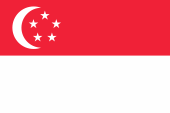


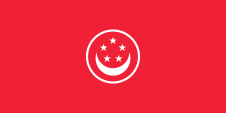
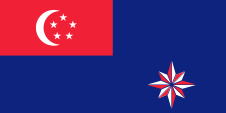
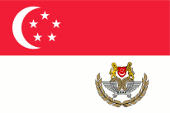
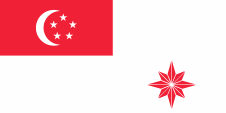
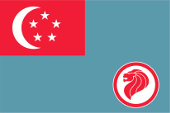
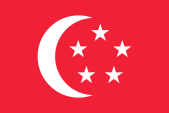


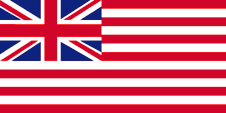
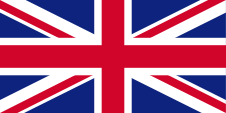



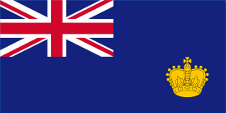
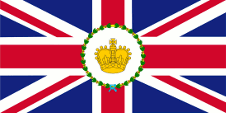
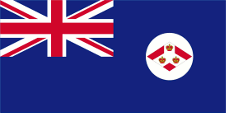
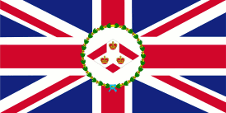
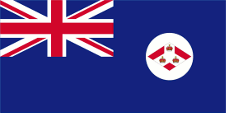
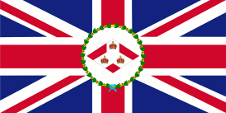
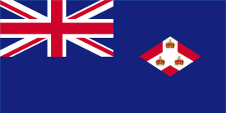
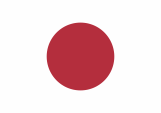
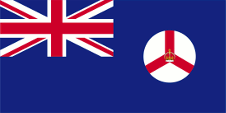
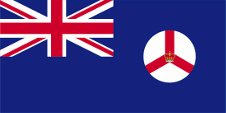



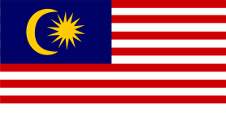












![]()
